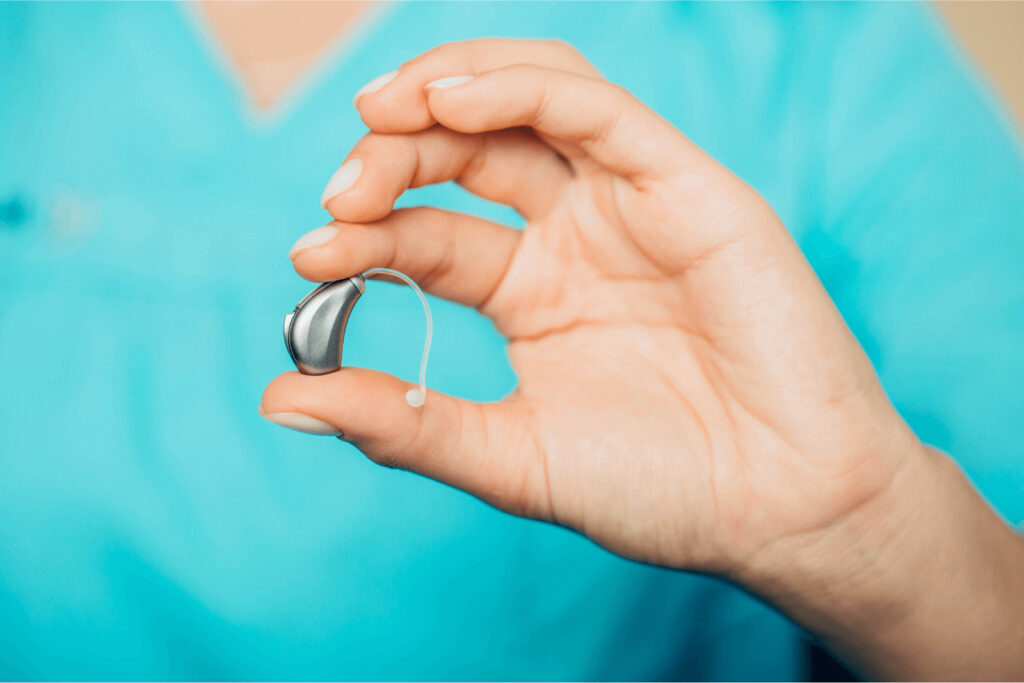Hearing aids have revolutionized the lives of millions by restoring and enhancing the gift of hearing. However, like any sophisticated technology, they are not immune to occasional glitches and problems. If you’re facing issues with your hearing aids, fret not, as this guide will help you troubleshoot common problems and provide insights into the latest advancements in hearing loss prevention, diagnosis, and management.
Importance of Early Detection
Before delving into troubleshooting tips, let’s underscore the significance of early detection. Hearing loss is often a gradual process, and people tend to underestimate its impact on their lives. According to the World Health Organization, approximately 466 million people worldwide suffer from disabling hearing loss, and this number is expected to increase significantly in the coming years. Early detection and intervention can make a world of difference in preventing further deterioration of your hearing.
The Latest in Hearing Loss Prevention
Hearing loss prevention is always better than cure. In recent years, research has uncovered fascinating advancements in this area:
Noise Protection:
Advanced noise-canceling technology: Modern hearing aids often come equipped with sophisticated noise-canceling features, protecting your ears from loud and harmful sounds.
Customized earmolds:
Audiologists can now create custom earmolds that fit your ears perfectly, providing optimal protection against noise exposure.
Lifestyle Modifications:
Smartphone apps:
There are now apps that measure ambient noise levels and send alerts when it’s time to protect your ears, ensuring you stay aware of potentially harmful noise levels.
Safe listening practices:
Educating yourself about safe listening practices, such as wearing ear protection at loud events or while using power tools, can go a long way in preventing hearing loss.
Common Hearing Aid Problems and Solutions
No Sound or Low Volume:
Check the battery: Sometimes, a dead or weak battery is the culprit. Ensure the battery is inserted correctly and is fully charged.
Clean the hearing aid: Wax and debris can accumulate in the microphone or receiver, causing sound issues. Gently clean your hearing aids with a soft brush or cloth.
Volume control: Make sure the volume settings are adjusted correctly.
Feedback or Whistling Sounds:
Check for proper placement: Ensure your hearing aids are correctly inserted in your ears. A poor fit can cause feedback.
Wax buildup: Earwax can accumulate on the hearing aid components, leading to feedback. Regular cleaning can prevent this issue.
Distorted or Muffled Sound:
Check the microphone opening: Sometimes, the microphone gets clogged with debris or wax. Clean it carefully with a brush.
Program adjustments: Consult your audiologist for any necessary adjustments to the programming of your hearing aids.
Discomfort or Itching:
Earmold fit: If your earmolds are causing discomfort or itching, consult your audiologist for adjustments or replacements.
Skin irritation: Ensure you keep your ears clean and dry to prevent skin irritation.
Connectivity Issues:
Bluetooth pairing: Re-pair your hearing aids with your devices and ensure they are within the recommended range.
Software updates: Keep your hearing aid firmware and app up to date for seamless connectivity.
Futuristic Interventions
The future of hearing healthcare holds promising innovations:
Telehealth Services:
Remote audiology consultations and adjustments through telehealth platforms are becoming more prevalent, allowing you to fine-tune your hearing aids without leaving your home.
AI-Enhanced Hearing Aids:
Artificial intelligence is being incorporated into hearing aids to automatically adjust settings based on your environment and preferences, providing a more personalized experience.
Regenerative Therapies:
Research into regenerative therapies, including stem cell treatments, holds potential for repairing damaged auditory cells and restoring hearing.
Implantable Devices:
Cochlear implants and other implantable hearing devices are continuously improving, offering more natural sound perception.
In the journey towards better hearing, it’s essential to remember that hearing aids are not merely devices but gateways to a fuller, richer life. Early detection of hearing loss, combined with the latest advancements in prevention, diagnosis, and management, can ensure that hearing challenges don’t impede your quality of life.
Remember, troubleshooting hearing aid problems is a skill that can be mastered with patience and guidance from your audiologist. Regular check-ups and maintenance are crucial to keep your hearing aids functioning optimally. And as we look forward to the future, promising innovations offer hope for even more effective solutions in the years to come.
If you’re experiencing issues with your hearing aids, don’t hesitate to reach out to your audiologist for professional guidance. Together, we can work towards a world where hearing loss is not a barrier but a challenge that we can overcome, step by step, with the right information and support. Your journey to better hearing is our shared mission.


